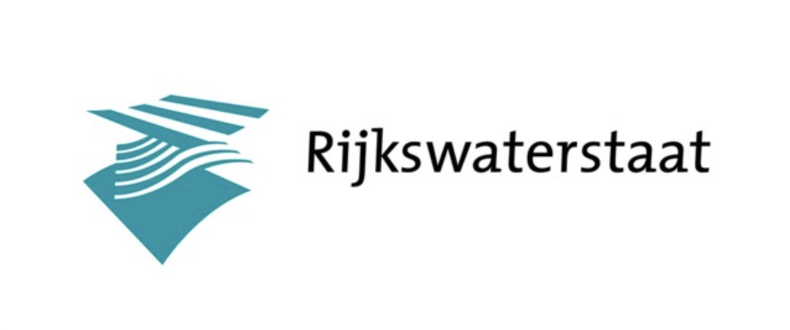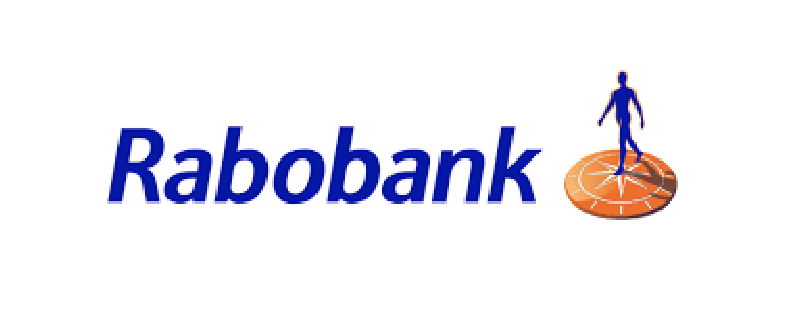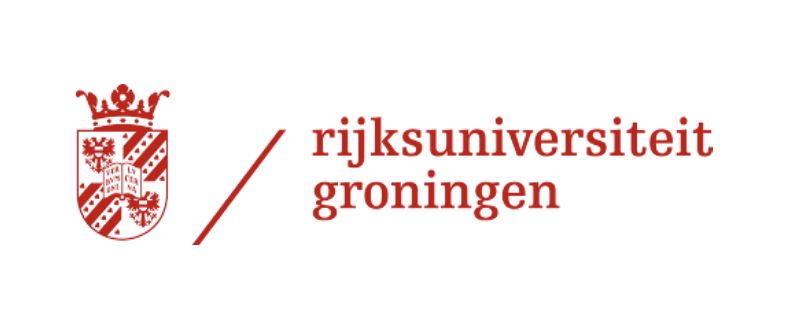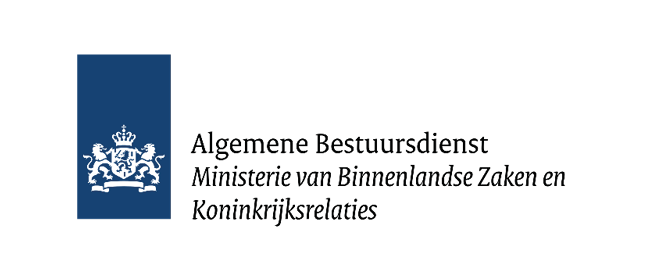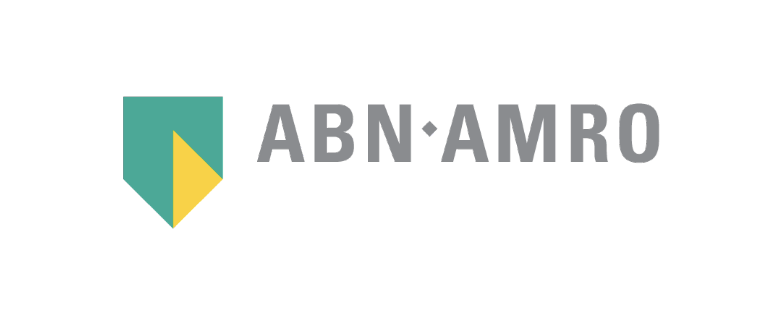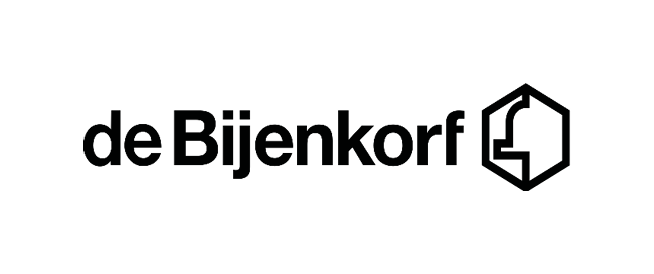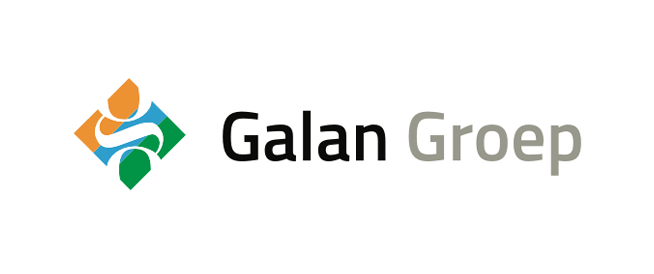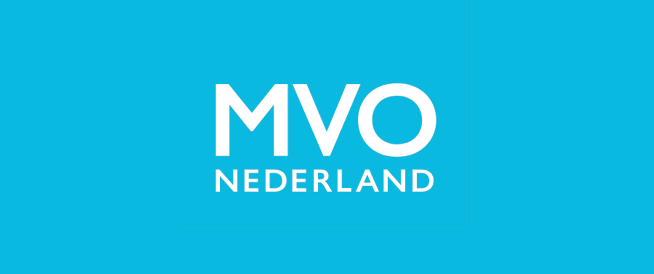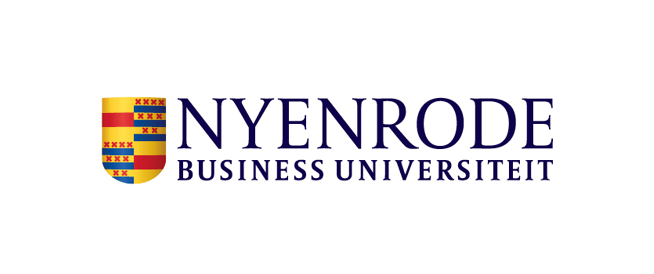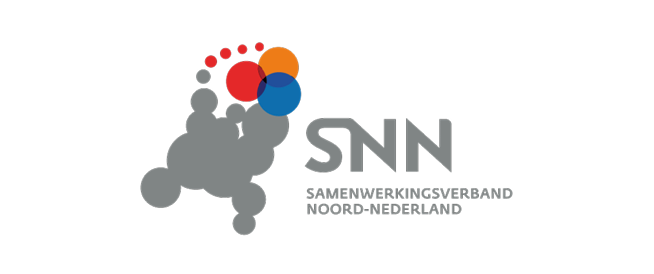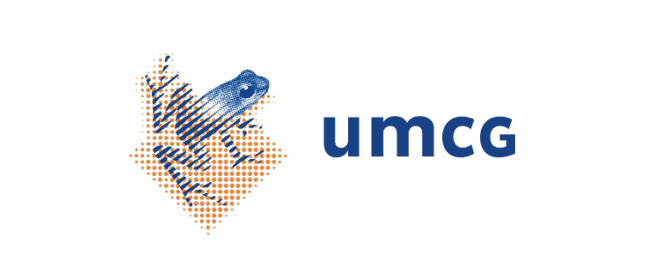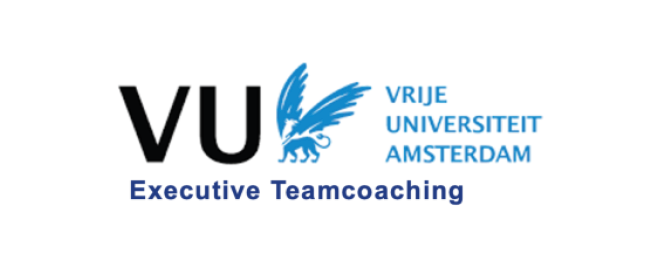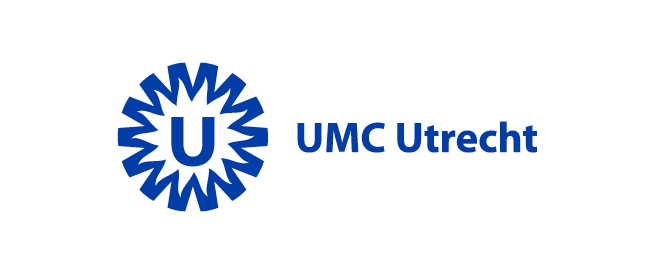Knowledge centre

What is Systemic Leadership?
Systemic Leadership: what exactly is that and what does it bring leaders and their organization more than other forms of leadership?
In this article Barbara Hoogenboom, leader of the Bert Hellinger Institute and Systemic Business School, explains the power of systemic leadership and how leaders can best approach the organizational system to make room for growth.
When you look at an organization systemically, you see that patterns within the system determine the success of the team. The energy of the leader is essential and guiding within the system. Leaders are able to strengthen the system and keep it in balance – but also to disrupt the system, making change possible.
A systemic view of all kinds of organizational issues provides an opening for a different solution and growth. Issues that can arise within an organization are:
- (unexplained) resistance or a culture of fear in the organization
- a merger of the department or company leads to problems
- behavior or patterns within the organization that we do not want (anymore)
- a manager/supervisor who cannot find his place in the organization
Issues that are more about future decisions also benefit from a systemic view, such as: what is a possible effect of merging teams, introducing a new product, changing policy, etc.
The power of systemic leadership
Systemic leadership has evolved over the past 20 years and has proven its worth. Countless leaders in different places and in wonderful roles today choose to lead their organizations, projects and teams in a systemic way. The entire organizational system becomes more vital, more productive and happier.
This new approach brings connection, in and around the organization, and creates cohesion – exactly what many organizations lack. When leaders can inspire and support their team, they also experience how they are included in the system and how the organization can move from cohesion. Then everything changes!
Systemic leadership brings new insights – from the head and the heart, about the whole and the individual employees – so that the organization and the people within it can truly develop sustainably.
Systemic leadership styles
In working with several executive teams, I have come to see that you can translate the need of systems for frameworks and support into three different systemic leadership styles, all three of which should be used in a complete leadership.
1. Agency Leadership (setting the framework)
Agency stands for ‘working force’ and ‘that which sets everything in motion’. A system first of all needs Agency power, which ensures that the system can exist autonomously. This requires that it is clear what the frameworks are: what do you belong to, what do you not belong to, what are the guiding principles and where does the money come from?
This kind of leadership is strongly connected to the outside world at the level of the organization as a whole. What is happening in society, in the market, around us, what (r)evolutionary developments are coming our way? The Agency leadership knows how to translate this into the right course for the organization. It sets out the contours and frameworks within which the organization can exist, in which it has vitality and potential to flow.
Agency leaders are also the designated leaders who maintain contacts with key stakeholders, funders, public policy makers and also those to whom there is (hierarchical) accountability. They ensure that the whole (organization or team) has a place and destination in the larger whole (society or organization).
Agency leadership is necessary for the organization as a whole, as well as for its subsystems. This means that Agency leadership is not only required from the highest hierarchically responsible persons, such as a CEO, director or general manager. Agency is also required from department heads, team leaders and coordinators, etc. Agency leadership is also needed in a self-managing or self-organizing team, so it pays to agree who fills in or fills in the Agency role.
2. Professional (Core) leadership
Organizations and teams have a core function: they have to deliver performance, products and/or services. That is their destination and their right to exist and that requires substantive knowledge of the subject matter. That requires passion for your profession, awareness of the quality and quantity it requires to deliver what fits within the frameworks set by Agency. This requires being open to developments and innovation.
In the classification, Professional (Core) leadership comes after Agency leadership.
3. Communio leadership (facilitating)
Communio stands for ‘community, being part of something, security’. Communio leadership is about facilitating optimal performance of the core function of the organization or team.
That varies from very practical, that the necessary facilities are there, to very connecting, that everyone can feel part of the whole. It is about well-being, about connection, about (personal) development and cooperation. And also, about that the technology works, the personnel policy is in place and the accommodation is in order.
This kind of leadership is strongly connected to the inner world of the organization or team as a whole and to how the individuals in it fare. In the classification, this leadership comes after the Agency and Professional leadership. It serves the core function, the people and the whole.
Why is the order of the systemic leadership styles important?
First of all: order is about the order, not about who is ‘better’. All three forms of systemic leadership are equally needed. If one is missing or is less represented than the other, this will have an effect on the whole. If it is clear what the order is, then there is no need to discuss it. Saves time and energy!
The soothing order in the three forms of leadership is therefore:
- Agency
- Professional (Core)
- Communion
How do you do that with a two- or three-member management team?
In dual leadership, the qualities are ideally distributed in such a way that one uses more Agency leadership and the other more Communion leadership. And that it is also clear to the outside and inside world that it is divided in this way. This gives clarity and peace of mind to the order, both between the two leaders and the rest of the organization. Subject-specific leadership can therefore belong to one of the two leaders or be delegated to a subject-matter expert.
With a management team of three, it goes without saying that the ideal is for each of the three to take on one of the types of systemic leadership, so that all three are represented.
Can these three forms of leadership be deployed by one person?
Yes. If, as a leader, you only have final responsibility, then you have to use all of these three forms of systemic leadership. And to keep observing and asking yourself: which form is more needed at a certain time? There are phases in which it is more necessary to focus on Agency and phases in which it is more necessary to focus on the Core functions or Communion.
It is certainly possible that you are about equally good in these three forms.
Sometimes it is difficult to use all three types as a leader. This certainly applies to leaders who, based on their excellence in their field, are appointed as general with final responsibility. For example, if you exchange your legal career as a top lawyer for the position of Director of Legal Affairs at a multinational. Whether you become director of a regional hospital as a former surgeon.
It is good to check for yourself which of the three types of systemic leadership you naturally use and which you still need to develop further.
Also in my own role as leader of The Bert Hellinger Institute and the Systemic Business School, I am aware that I show three systemic leadership styles. And that how I divide that into time, energy and attention is not always conscious. It pays to occasionally consider the questions:
What does the system (and what do my colleagues) need from me? Is that more Agency, Professional or Communion?
Also: how am I doing and which style costs me more or less energy?
If I am not able to show Communion for a while, I better be open about it and take time for myself, for example. Or if I feel that Agency is needed, but I can’t fully understand it, I ask a colleague to talk with me. As a leader you don’t have to do it alone …
Curious for more?
A few years ago, I wrote a book about systemic leadership with Jan Jacob Stam, Systemic Leadership. This book challenges you to re-explore, deepen and connect your existing knowledge about leadership and organizations with the systemic perspectives.
The systemic perspective adds something essential to all those other perspectives (financial, organizational, HR, etc.) that you already know: it tells you what leadership is needed within the organizational system. And how organizations can then flourish and flow from a systemic perspective.
Systemic Business School
Systemic Business School gives leaders completely new tools for their leadership style. When you work from the connectedness of the whole, you will find it easier and more enjoyable to achieve your goals, together with your team and organization. Systemic leadership helps you to continue your journey as a leader with inspiration and energy.


